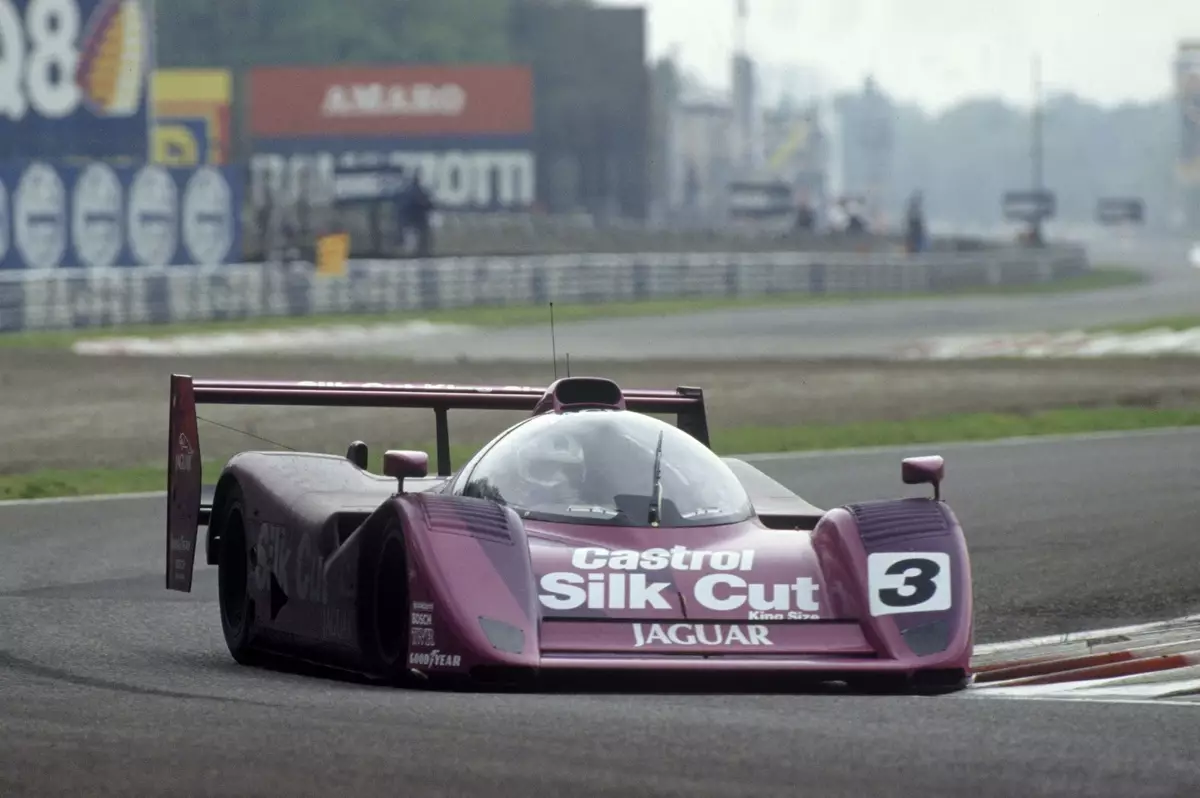Martin Brundle’s name is synonymous with the exhilarating world of motorsport, particularly Formula 1 and sports car racing. Though his own Formula 1 journey was marked by some unforeseen limitations, it was his experiences with exceptional machinery that truly shaped his legacy as a racer. This article seeks to delve into the highlights of Brundle’s racing career, analyzing the vehicles that made significant impacts during his journey.
Brundle’s tenure in Formula 1 included 159 championship starts, yet he often found himself behind the wheel of cars that did not provide the utmost competitive edge. While he achieved nine podium finishes, his fondness for various vehicles is not solely based on performance metrics. For him, the Benetton B192 stands out as one of the more functional cars in his arsenal, but it was the 1991 Jaguar XJR-14 that took his racing experience to another level. Reflecting on his memories, Brundle remarks that the year spent racing with Jaguar was a game-changer, redefining the standards of sports car racing at the time.
In 1991, the Jaguar XJR-14 arrived on the racing scene like a breath of fresh air, boasting innovations that significantly transformed sportscar racing. During the Suzuka opener, Brundle’s F1 commitments kept him part-time, but he still managed to make headlines by achieving pole position. However, an unfortunate starter motor failure marred the opening race. Jaguar, undeterred, came back with a powerful statement at Monza, where Brundle not only secured victory but also demonstrated the car’s remarkable capabilities.
Brundle vividly recalls how the XJR-14 seemed to defy physics. “The whole car was a venturi from behind the driver,” he reminisces about its aerodynamic prowess. “It was so fast…you could do ridiculous things with it.” His performance in the challenging conditions at Monza, where he navigated slick tires on a wet track, further cemented the car’s impressive design. His ability to catch the grip produced by the XJR-14 showcased Brundle’s driving talent and the machine’s evolved engineering.
Among the various races he participated in, Brundle’s performance in the BRDC Empire Trophy at Silverstone remains one of his proudest moments. Despite enduring a broken throttle cable that cost him precious time, he re-emerged to smash the lap record at the reconfigured circuit. His fastest lap time stood as a testament not only to his prowess but also to the car’s capabilities, outpacing those familiar with modern racing standards. Brundle demonstrated a level of control and confidence in the XJR-14 that he found lacking in some Formula 1 cars.
Reflecting on these experiences, Brundle draws a stark contrast between sports cars and Formula 1 vehicles, stating, “Sportscars seemed to suit my driving style.” This affinity for endurance builds was evident in his undeniable comfort when behind the wheel of the XJR-14, a car he insisted invited the driver to push boundaries.
Beyond his racing career, Brundle has had unique experiences driving various F1 cars through his television work. Notable machines like Dan Gurney’s Eagle-Weslake and Ayrton Senna’s Lotus 98T have graced his presence, each providing valuable insights into the evolution of aerodynamics and engineering in motorsport. However, none resonated with him quite like the 2008 McLaren MP4-23, famously driven by Lewis Hamilton. According to Brundle, this car was an “aerodynamic device” that went beyond mere performance: it communicated with the driver in a way that was refreshingly invigorating.
Test manager Indy Lall’s urging to pit during a television segment underscored how the McLaren craved to be pushed, paralleling his experiences with the Jaguar. Both machines stand out as milestones in Brundle’s career, combining technology with driver connection to create remarkable racing experiences.
As Brundle reminisces about his storied career, he expresses a lingering desire to experience specific iconic cars that shaped the racing landscape. Chief among these is the Williams FW14B, a car that not only outperformed Brundle’s team during the 1992 season but is often lauded for its superiority on the track. Such reflections not only highlight Brundle’s competitive spirit but also his respect for engineering brilliance, even from rivals.
Martin Brundle’s racing journey is a reflection of numerous machines that left indelible marks on both his career and the motorsport landscape. As he continues to share insights from his experiences behind the wheel, he remains a custodian of racing history, celebrating the technology, design, and passion that define the world of motorsport.


Leave a Reply